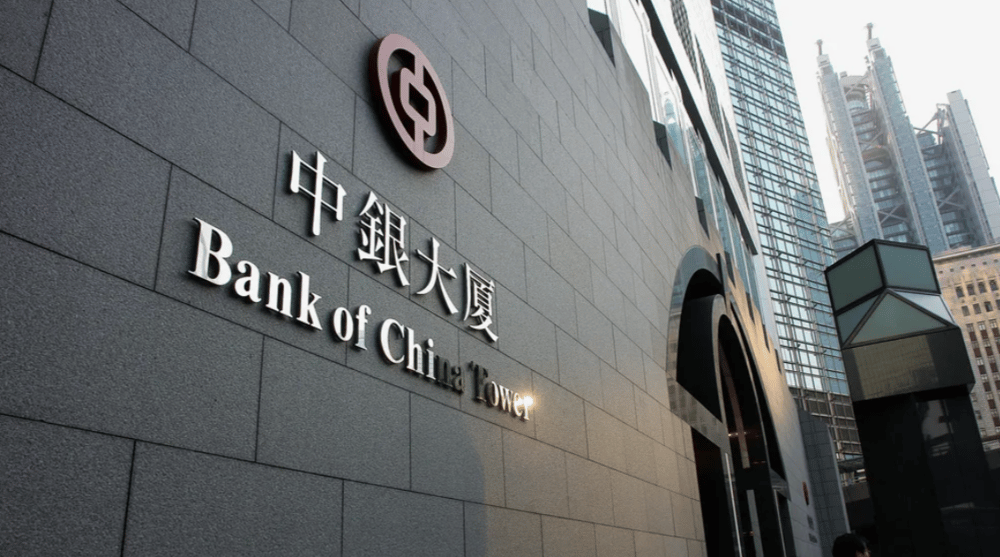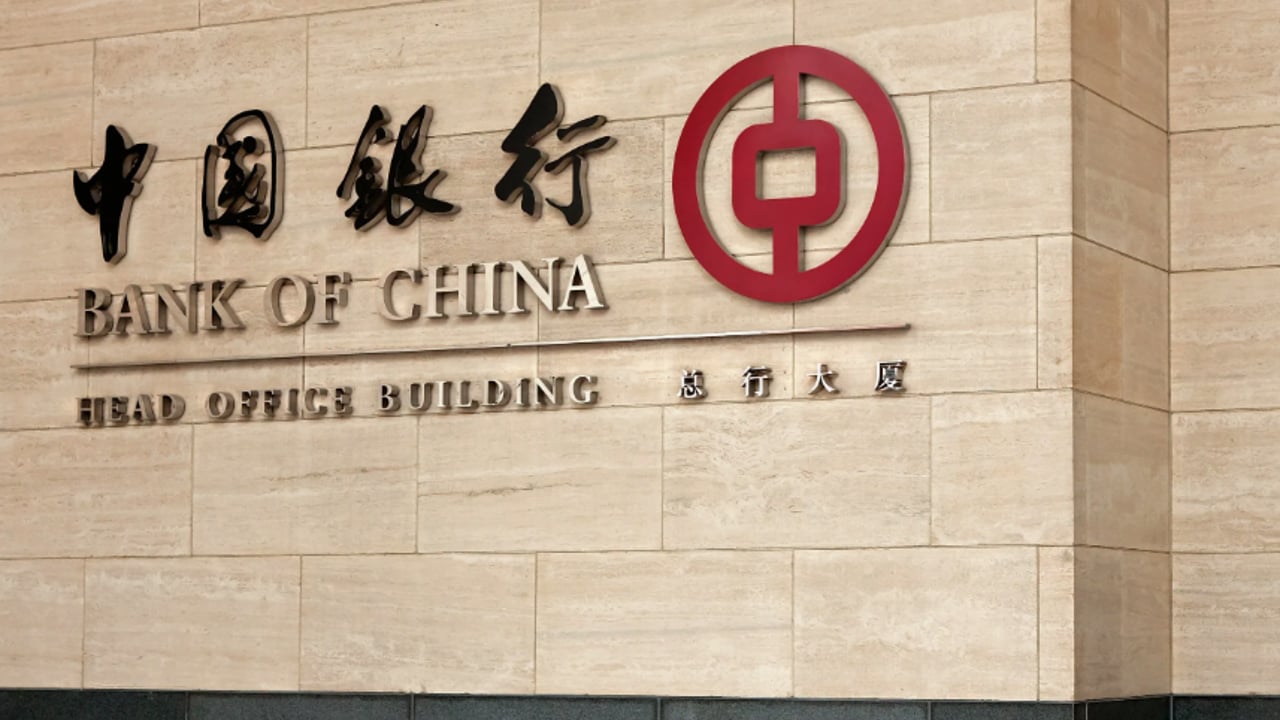Following recent government commitments to support the national economy, four major state-owned Chinese banks have announced plans to raise a total of 520 billion yuan (approximately 71.60 billion dollars) via private placements. This initiative comes on the heels of earlier government pledges to recapitalize large state banks with 500 billion yuan, aimed at enhancing their ability to fuel the real economy. In an environment marked by global uncertainties and domestic challenges, this move underscores the Chinese authorities’ strategy to reinforce the financial system while safeguarding long-term economic growth.
Financial Context and Strategic Necessity
Amid slowing economic growth and rising geopolitical tensions, Chinese policymakers and financial institutions are exploring alternative ways to stabilize the banking system. Enhancing the capital base of these leading banks is intended not only to boost their lending capacity within the domestic market but also to mitigate risks arising from external market shocks. The government’s backing in this effort serves as a financial buffer, enabling rapid mobilization of resources to counter any crisis effects.
Details of the Planned Operations
The specifics of each bank’s strategy are outlined in their recently published documents, presenting clear capital targets:
1. Bank of China plans to raise up to 165 billion yuan, reflecting its ambitious strategy to expand its international investment potential.
2. China Construction Bank aims to secure up to 105 billion yuan through a private placement, demonstrating its readiness to adapt to new financial conditions.
3. Communications Bank intends to sell shares worth up to 120 billion yuan, indicating an openness to attracting strategic partners.
4. Postal Savings Bank of China is set to channel up to 130 billion yuan into enhancing its core capital, thus reinforcing its growth foundation.
Pathways to Stability and Growth
The planned capital infusion is not solely a precautionary measure but part of a broader strategy to foster sustained economic growth. The current initiative will reinforce the banks’ ability to provide strong credit support to various sectors, thereby consolidating their stable financial performance. In addition, the reforms are expected to encourage tighter cooperation between state and private investors, further solidifying market confidence.
• Government support as a stabilizing force for financial flows
• Strengthened regulatory frameworks to protect domestic economic interests
• Adaptation of banking strategies in line with global investment trends
• Enhanced collaboration with international financial institutions to exchange best practices
Fundamental Directions in the Capital Building Process
The comprehensive recapitalization plan highlights several key directions that will directly impact the future performance of the banking sector. Among these priorities are:
- Streamlining internal processes and improving financial reporting transparency
- Expanding international cooperation, which will facilitate the adoption of advanced technologies and global best practices
- Integrating digital solutions and automating risk management processes
- Revising investment strategies to bolster competitive advantages in an evolving global market
Driving Forces Behind the Changes and Future Outlook
The combined effort to raise 520 billion yuan reflects not only a tactical solution for present challenges but also a strategic vision for long-term stability. Industry observers expect that this large-scale capital increase will enhance liquidity and financial performance, allowing these banks to react nimbly to both domestic and global challenges. In this context, the following outcomes can be anticipated:
• Improvement in liquidity and overall financial metrics
• Bolstered investor confidence in China’s financial sector
• Stabilization of lending practices to support the broader economy
• Strengthened market positions both domestically and internationally
To conclude, the significant recapitalization initiative spearheaded by these four major banks indicates a broad-based commitment to reinforcing financial stability and supporting economic growth. By integrating modern digital strategies and fostering international partnerships, Chinese state-owned banks are positioning themselves to become even more resilient amid shifting market dynamics.









It has the potential to redefine how automation evolves in a quickly changing tech world.